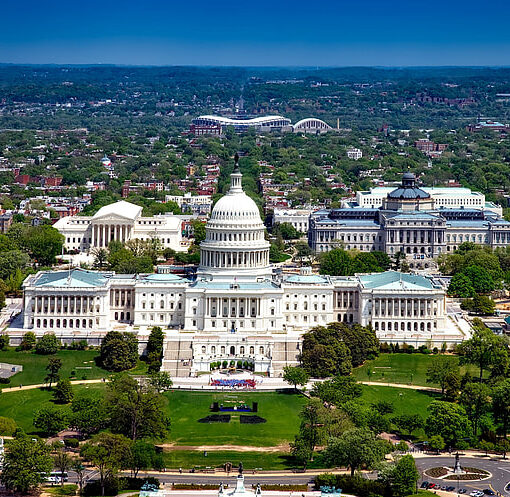The Center for Climate Change Law has completed a preliminary analysis of compliance filings submitted by regional transmission organizations (RTOs) and independent system operators (ISOs) amending operating tariffs in response to the requirements of FERC Order 1000. Order 1000 institutes region-wide transmission planning requirements including analysis of transmission needs created by requirements of federal and state energy policies as well as implementation of cost allocation techniques for regional projects. In “FERC Order 1000 as a New Tool for Promoting Energy Efficiency and Demand Response,” CCCL highlighted the potential for Order 1000 to integrate renewable energy sources and reduce energy demand. Much of this potential depends upon how regions receive and implement the broad requirements of the Order. Transmission regions’ proposed tariff amendments are still awaiting FERC approval, and of course it remains to be seen how the largely procedural amendments proposed in these compliance filings will play out on the ground. Nevertheless, our early analysis of regions’ reactions to the proposed amendments related to public policy, stakeholder involvement, and renewable energy offers some instructive points.
Preliminary analysis of twenty-four compliance filings from transmission regions demonstrates a general resistance to undertaking major structural changes in response to FERC Order 1000. The compliance filings frequently underscored status quo compliance with the underlying policies driving the requirements of Order 1000, namely regarding stakeholder involvement and public policy requirements, and propose only minor structural adjustments to comply with the procedural requirements of Order 1000. Below is a discussion of regions which took the opportunity presented by Order 1000 to create more responsive transmission plans.
Two regions exceeded the requirements of Order 1000 by proposing the adoption of more inclusive definitions of “Public Policy Requirements” than the definition provided in Order 1000. Both Northern Tier Transmission Group and PJM have proposed that transmission needs should be driven by forward looking public policy considerations in addition to public policy requirements enacted through legislation or regulation. [1]California ISO has also proposed exceeding the public policy requirement, not through redefinition of what qualifies as public policy, but by a general expansion of classes of transmission providers required to participate in the regional planning process.[2] Under the CAISO approach all providers, not only those meeting the size requirements of Order 1000, must take public policy into account in making local transmission planning decisions.
RTOs responded to Order 1000’s emphasis on increased stakeholder involvement through a variety of approaches. For example, CAISO streamlined its planning process to carry over public policy transmission requirements between subsequent transmission planning cycles to reduce the burden on stakeholders and provide opportunities for stakeholders who cannot participate in the planning process on a regular basis. PJM and other organizations also focused on allowing stakeholders the opportunity to participate earlier in the regional planning process.
By design, the compliance filings do not address the details of which particular public policies will be considered during regions’ transmission planning. Accordingly, we will have to wait until the new processes unfold at a regional level to determine how thoroughly renewable energy, energy efficiency, and demand response policies are considered in various regions. However, many RTOs did note in their compliance filings their ongoing compliance with state RPS and emphasized the importance of weighing the integration of renewable energy sources as a qualitative benefit in cost-benefit procedures central to regional planning.
Although moves to comply with FERC 1000 are just emerging, the preliminary evidence suggests there are bright spots in the role regional planning can play in moving toward a sustainable energy future. Opportunities for stakeholder involvement can be found in each RTO’s compliance filing, available online at the FERC website.
[1] Northern Tier Transmission Group Filing Letter, pg. 14 (Oct. 10, 2012). Online access at https://www.ferc.gov/industries/electric/indus-act/trans-plan/filings.asp.
[2] See California ISO Filing Letter (Oct. 11, 2012). Online access at https://www.ferc.gov/industries/electric/indus-act/trans-plan/filings.asp.


